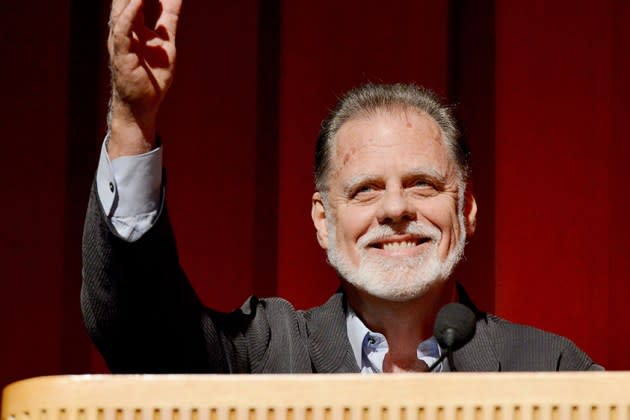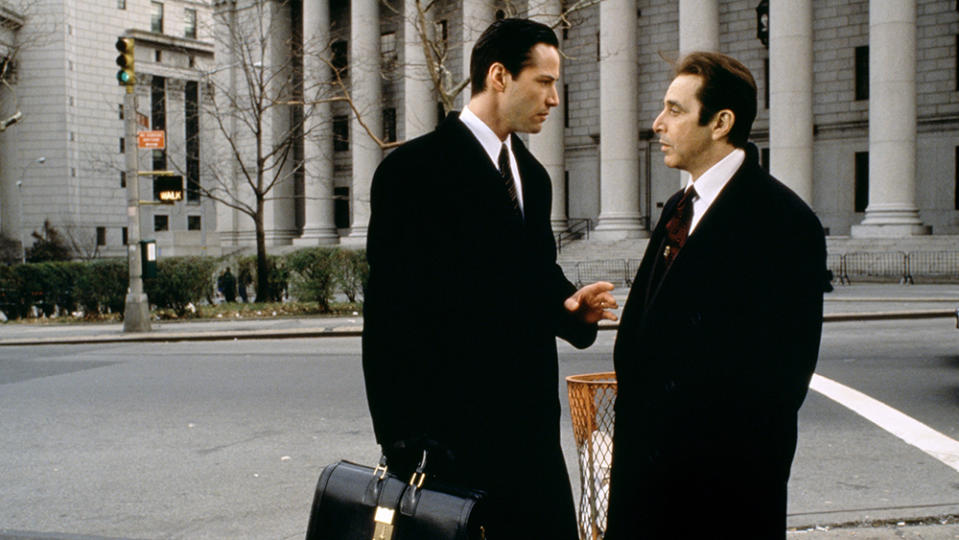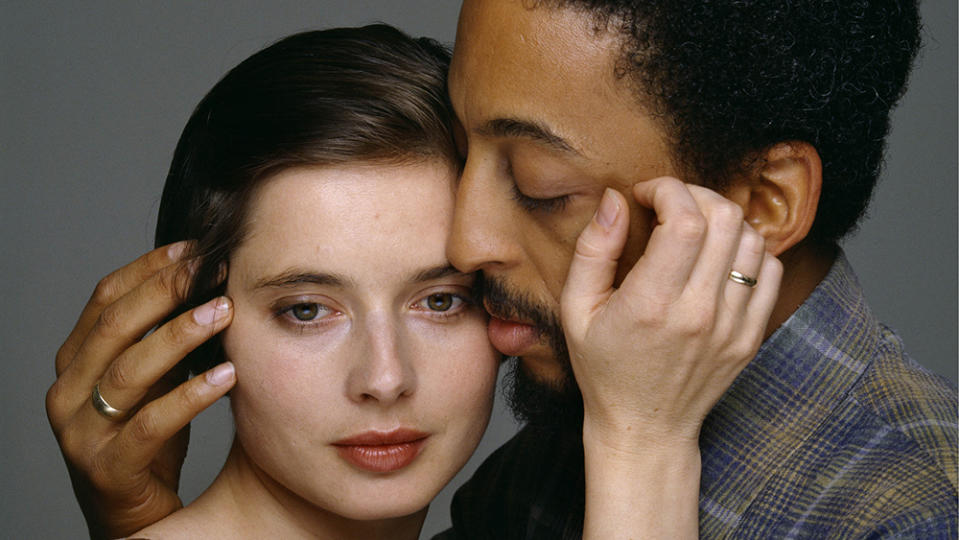Lumiere Festival Honoree Taylor Hackford: A Career of Classy, Old-School Hollywood Entertainment
- Oops!Something went wrong.Please try again later.
- Oops!Something went wrong.Please try again later.
- Oops!Something went wrong.Please try again later.
- Oops!Something went wrong.Please try again later.

The list of Oscar-winning directors for short films who have gone on to major careers in the feature-length realm is shorter than you might imagine. Andrea Arnold, Martin McDonagh and Claude Berri achieved arthouse success; David Frankel made multiplex hits like “The Devil Wears Prada” and “Marley & Me.” But perhaps only Taylor Hackford, a winner in 1979 for an affecting little mockumentary titled “Teenage Father,” became a full-scale Hollywood brand — a name associated with a certain temperature of sleek studio gloss and versatile genre smarts.
In an industry increasingly given over to auteur reverence, Hackford has instead consistently proven the essential value of the distinguished craftsman — the kind that keeps the industry running, even if the status doesn’t earn you as many glittering prizes or prestigious festival berths. Consider the Festival Lumière’s tribute to Hackford a welcome exception. The four films selected by the festival to represent the director’s oeuvre — “White Nights” (1985), “Blood In Blood Out” (1993), “The Devil’s Advocate” (1997) and “Ray” (2004) — aptly point to the range and scope of a consistently mainstream career that has always veered between populism and prestige, occasionally binding the two.
More from Variety
Critics, for example, didn’t thrill to “White Nights,” a far-fetched blend of Cold War thriller and dance movie that starred Mikhail Baryshnikov as a Russian-American ballet star fighting his Soviet repatriation with the assistance of Gregory Hines’ American expat tap dancer.
The script is ludicrous, but Hackford knew its selling points: as a vehicle for the stars’ spectacular footwork, Twyla Tharp’s elaborate choreography and a hit soundtrack of smooth mid-‘80s pop (landing Lionel Richie an Oscar), the film — lensed with a creamy luxe finish by David Watkin — delivers in spades. Today it stands as, if no masterwork, an exemplary time capsule of its era. It also introduced Hackford to his future wife Helen Mirren, here cast as a thickly accented love interest.
If “White Nights” maintains some illusion of seriousness, “The Devil’s Advocate” (certainly the Hackford film that this critic has watched most often) gleefully flirts with outright trash. Starring Keanu Reeves as a callow defense attorney who finds himself working for Satan himself — a cloven-hooved Al Pacino at his most leeringly ripe — it’s hot nonsense, compulsive and exquisitely lacquered, that only glancingly touches emotional truth via Charlize Theron’s sharp mettle-proving performance as the lawyer’s luckless wife. One might call it a guilty pleasure, but where’s the guilt?

“The Devil’s Advocate” certainly wasn’t aiming for any high-minded accolades; “Blood In Blood Out,” a muscular three-hour exploration of brotherly bonds in L.A.’s Chicano community, arguably was. Its initial box-office fizzle was a disappointment, indicative of American audiences’ resistance to Latino stories, yet the film has endured as a touchstone for many Mexican-American viewers.
A quarter-century after his short film win, Hackford finally caught the Academy’s attention again with “Ray,” a handsomely gilded Ray Charles biopic that earned him his only Best Director nomination, and a win for Jamie Foxx’s all-in performance as the soul legend.
Grossing $125 million worldwide, “Ray” was Hackford’s last hit. His three films since — the blowsy Mirren vehicle “Love Ranch,” the relatively anonymous Jason Statham auctioneer “Parker” and the mellow Robert De Niro indie “The Comedian” — will never be listed as prime Hackford, though perhaps the upcoming “Sniff,” a twilight-years detective story starring Morgan Freeman alongside Mirren and Pacino, will fare better.
Either way, Hackford’s legacy as a classy, old-school Hollywood entertainment merchant is firmly cemented. Somewhat surprisingly, the Lumière fest’s selection doesn’t include his biggest and perhaps most enduring box office smash “An Officer and a Gentleman,” a robust, full-hearted blend of swoony romance and making-of-a-man military drama that launched a million daydreams of a crisply uniformed Richard Gere sweeping you up and away from your daily drudgery. It’s still stirring, 41 years on.
Nor does it include some of the most interesting outliers in his career, among them 1987’s terrific, Chuck Berry-centered concert documentary “Hail! Hail! Rock ‘n’ Roll,” still a model of the form at its most straightforwardly effective, or “Dolores Claiborne,” his most daring and perhaps best fiction feature. A Stephen King adaptation that induces shivers, though not in the usual way associated with the author, this perverse psychodrama of failed mother-daughter relations and suburban sociopathy rests on two icily precise performances by Kathy Bates and Jennifer Jason Leigh, and unnerved audiences to better-than-expected box office in the spring of 1995. Prickly but florid, confessional but elusive, it’s far from what one might typically label “a Taylor Hackford film” — a term that resists definition the longer you look at his restlessly crowd-pleasing career.

Best of Variety
Sign up for Variety’s Newsletter. For the latest news, follow us on Facebook, Twitter, and Instagram.

